
Maximizing Yield: The Science Behind Light Deprivation Greenhouses in Modern Agriculture
In the ever-evolving landscape of modern agriculture, maximizing yield while ensuring sustainability is of paramount importance. One innovative approach gaining traction among farmers and researchers alike is the use of Light Deprivation Greenhouses. These specialized structures manipulate light exposure to extend growing seasons and enhance crop production, thereby addressing the challenges posed by climate variability and unpredictable weather patterns. By carefully controlling light conditions, growers can create optimal environments for various crops, leading to increased efficiency and productivity.
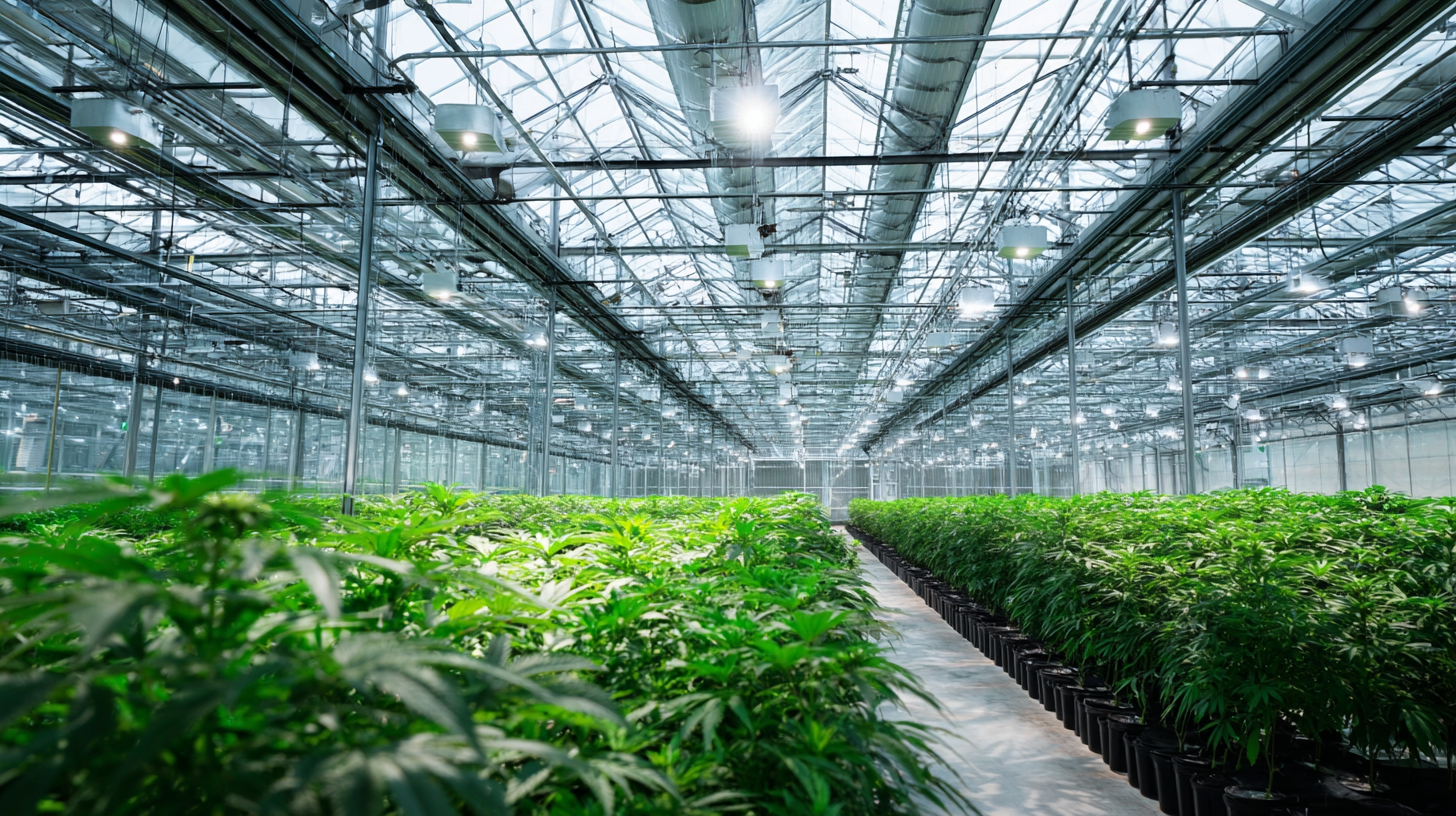
This introduction explores the science behind Light Deprivation Greenhouses, examining their design, operational principles, and the significant impact they have on agricultural yields. As we delve deeper into this topic, we will uncover the benefits and challenges associated with this cutting-edge technique and its potential to transform the agricultural industry.
Understanding the Fundamentals of Light Deprivation Techniques in Greenhouses
Light deprivation techniques in greenhouses represent a cutting-edge method for enhancing crop yield in modern agriculture. By controlling the amount of light plants receive, growers can manipulate their growth cycles to optimize flowering and fruiting. This technology is particularly beneficial for photoperiod-sensitive plants, allowing for multiple harvests within a single growing season. It involves the use of blackout systems that restrict light during specific hours, mimicking the natural light cycles that trigger plant responses.
When implementing light deprivation techniques, timing is crucial. For optimal results, growers should closely monitor the light exposure needs of their specific crops and adjust the blackout schedule accordingly. Additionally, it's important to ensure that the greenhouse environment remains stable in terms of temperature and humidity, as fluctuations can stress the plants and hinder crop development.
Tips for successful light deprivation include using high-quality blackout materials to prevent any light leakage and regularly checking the system for wear and tear. Moreover, employing supplemental lighting during critical growth stages can further enhance yields, especially in regions with limited natural light. By mastering these fundamentals, growers can maximize their crop's potential, leading to more productive and sustainable agricultural practices.
Key Technologies for Implementing Light Control in Agricultural Practices
Light deprivation greenhouses are revolutionizing modern agriculture by enabling farmers to precisely control light exposure, thus maximizing crop yields. The key technologies facilitating this light control include retractable shade cloths, light-blocking tarps, and advanced environmental monitoring systems. These tools help growers manipulate natural sunlight, creating optimal conditions for plant growth throughout various stages of development, especially in regions where daylight hours fluctuate significantly.
Tips for implementing effective light control in your agricultural practices include selecting the right shade material based on your crop’s specific light requirements. Consider using automated systems that can adjust shading in real-time based on weather conditions, ensuring consistent light levels. Additionally, regularly monitoring your greenhouse’s environmental conditions can help identify changes that may affect plant health, allowing for timely adjustments to your light control systems. By leveraging these technologies, farmers can enhance productivity and drive sustainable agricultural practices.
Maximizing Yield: Impact of Light Deprivation Strategies on Crop Yields
Strategies for Maximizing Crop Yield through Controlled Light Exposure
The controlled light exposure strategies within light deprivation greenhouses play a crucial role in maximizing crop yield. By carefully manipulating lighting conditions, farmers can enhance photosynthesis, growth rates, and ultimately, the quality of the produce. Recent advancements in controlled environment agriculture (CEA) have showcased how integrating intelligent environmental control systems using sensors, automation, and artificial intelligence can optimize these conditions further. Such innovations allow for precise adjustments to light spectra and timing, ensuring that crops receive the ideal amount of light at critical growth phases.
Moreover, emerging techniques, such as multilayer cultivation strategies, improve light utilization, particularly for fruit-bearing plants like tomatoes. This not only increases yield but also enhances fruit quality. Research indicates that optimizing light and temperature can significantly boost production in vertical farming setups, demonstrating how tailored light strategies can lead to remarkable improvements in both yield and efficiency. As agriculture increasingly turns to controlled environments to meet the demands of food security, these strategies become essential in shaping a sustainable future for crop production.
Maximizing Yield: The Science Behind Light Deprivation Greenhouses in Modern Agriculture
| Crop Type | Average Yield (kg/m²) | Light Hours per Day | Deprivation Technique | Growth Cycle Length (days) |
|---|---|---|---|---|
| Tomatoes | 8.5 | 12-14 | Complete Light Control | 70 |
| Lettuce | 10.0 | 10-12 | Partial Shade | 30 |
| Cucumbers | 9.0 | 14-16 | Dark Period Enhancement | 60 |
| Peppers | 7.5 | 12-15 | Intermittent Shade | 80 |
| Strawberries | 5.0 | 10-12 | Full Light Control | 90 |
Benefits of Light Deprivation in Different Crops and Growth Stages
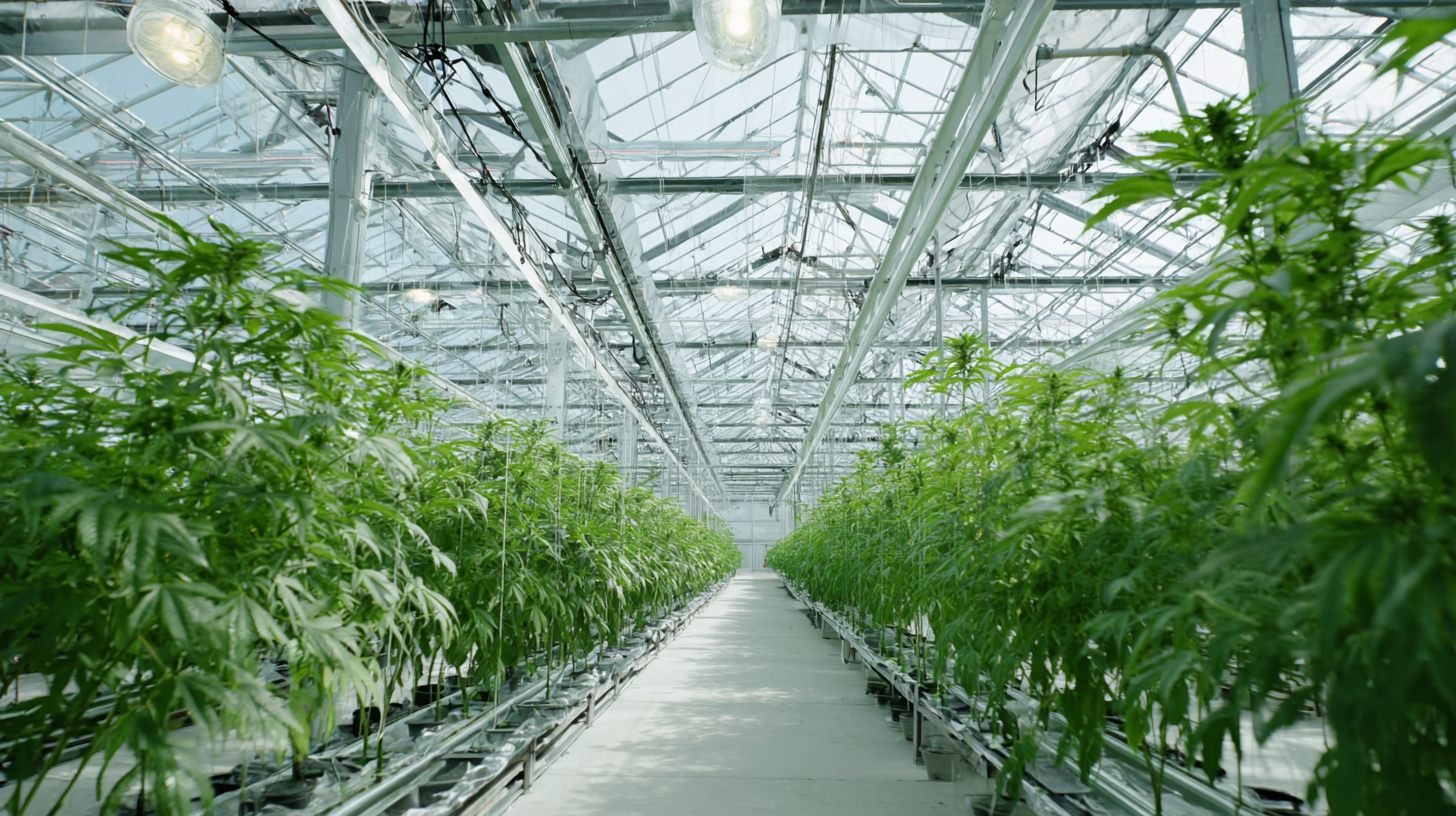 Light deprivation greenhouses have emerged as a groundbreaking technique in modern agriculture, significantly enhancing crop yields across various species and growth stages. By controlling light exposure, these greenhouses enable farmers to simulate seasonal changes, optimize photosynthesis, and manage flowering cycles. A recent report from Agricultural Research Service (ARS) indicates that light deprivation can enhance yields of certain crops by as much as 30% during off-peak seasons, which is particularly beneficial for high-demand produce like tomatoes and cannabis.
Light deprivation greenhouses have emerged as a groundbreaking technique in modern agriculture, significantly enhancing crop yields across various species and growth stages. By controlling light exposure, these greenhouses enable farmers to simulate seasonal changes, optimize photosynthesis, and manage flowering cycles. A recent report from Agricultural Research Service (ARS) indicates that light deprivation can enhance yields of certain crops by as much as 30% during off-peak seasons, which is particularly beneficial for high-demand produce like tomatoes and cannabis.
Different crops respond uniquely to light deprivation strategies. For instance, leafy greens like lettuce thrive under reduced light conditions, allowing for a longer growing period throughout the year, which ultimately leads to increased harvests. According to a study published in the Journal of Agricultural Science, light deprivation resulted in a 25% increase in lettuce yield compared to traditional growing methods. Meanwhile, for flowering plants, inducing darkness can promote quicker flowering and potentially higher cannabinoid content in cannabis, as highlighted by findings from the Cannabis Research Institute, showing up to a 20% increase in potency when using light deprivation techniques during key growth phases.
These controlled environments not only maximize yields but also align crop production with market demands, ensuring that farmers can deliver fresh produce regardless of external weather conditions. As agriculture continues to evolve, light deprivation greenhouses are becoming an essential tool for achieving sustainability and efficiency in food production.
Best Practices for Monitoring and Adjusting Light Levels in Greenhouse Environments
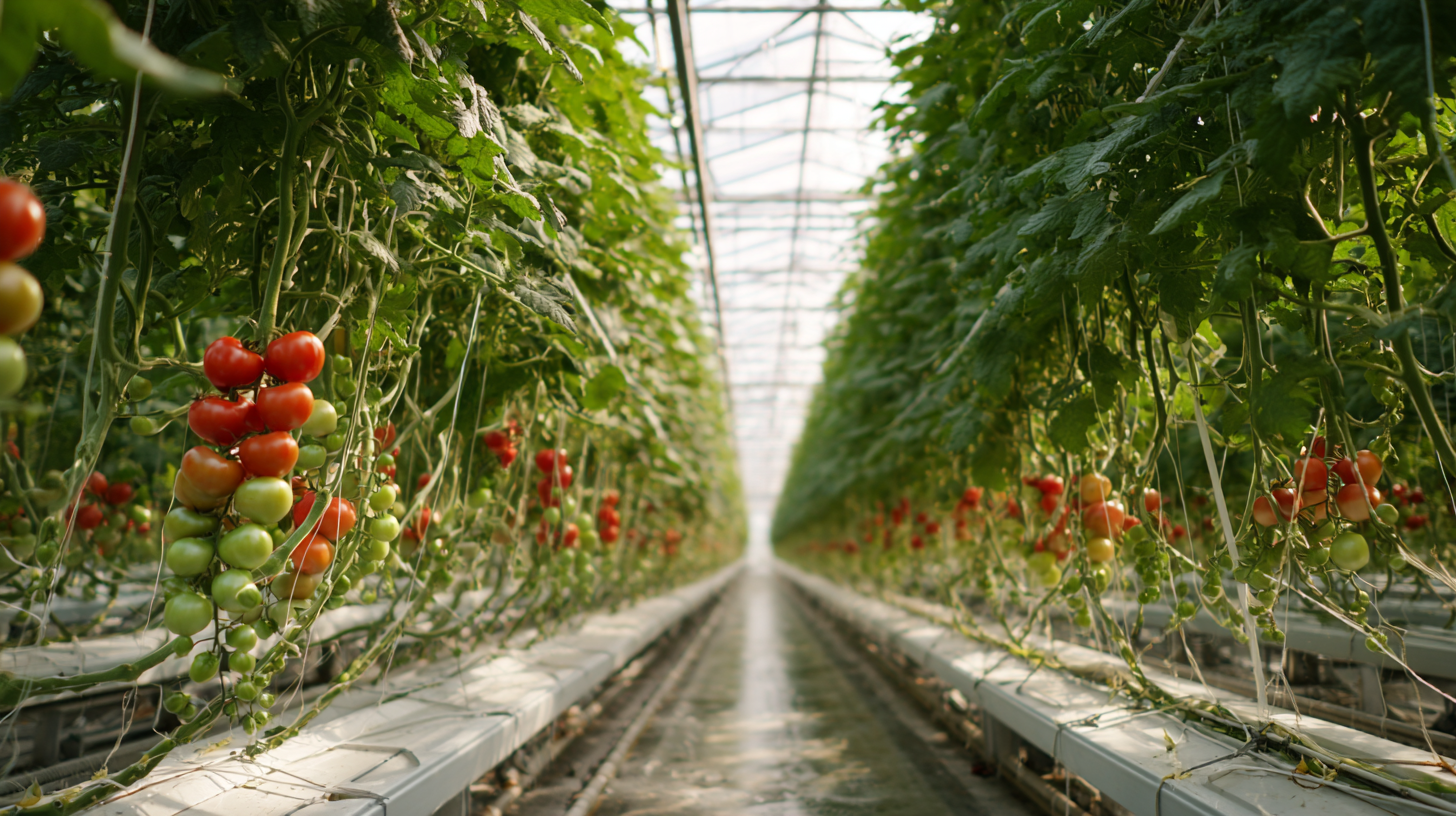 Effective light management is crucial for maximizing yield in light deprivation greenhouses. To ensure optimal growth conditions, growers must implement best practices for monitoring and adjusting light levels. Utilizing advanced sensors and automated systems can provide real-time data on light intensity, both natural and artificial. These technologies enable precise adjustments to be made in response to fluctuating weather conditions and plant growth stages, ensuring that crops receive the ideal amount of light throughout their development.
Effective light management is crucial for maximizing yield in light deprivation greenhouses. To ensure optimal growth conditions, growers must implement best practices for monitoring and adjusting light levels. Utilizing advanced sensors and automated systems can provide real-time data on light intensity, both natural and artificial. These technologies enable precise adjustments to be made in response to fluctuating weather conditions and plant growth stages, ensuring that crops receive the ideal amount of light throughout their development.
Additionally, understanding the photoperiod requirements of different crops is essential. By tailoring light exposure to specific species, growers can enhance flowering and fruiting, ultimately improving yield. It's important to regularly assess the effectiveness of light deprivation strategies and make necessary modifications based on plant health and growth patterns. Regular maintenance of light-deprivation systems, including blackout curtains or retractable roofs, will also help in optimizing the light environment. By staying proactive and utilizing the latest monitoring technologies, farmers can significantly enhance productivity in their greenhouses.
Related Posts
-
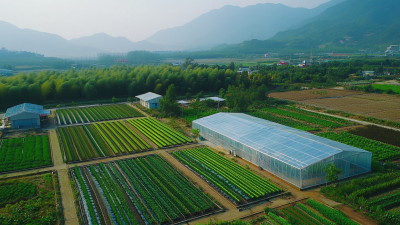
Empowering Global Agriculture with Superior Nursery Greenhouses from China
-
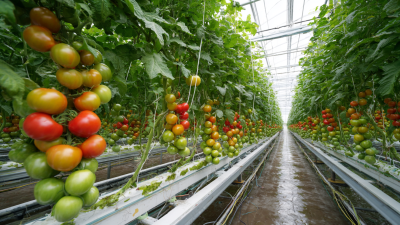
Unmatched Quality of Best Hydroponics Greenhouses Made in China for Global Trust
-

7 Reasons Why Blackout Greenhouses Are Revolutionizing Controlled Environment Agriculture
-
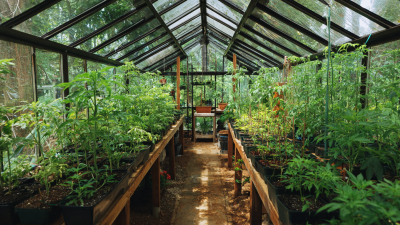
Ultimate Guide to Building Your Own Vegetable Greenhouse for Maximum Yield
-
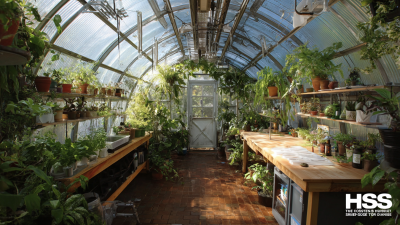
Unlocking the Secrets of the Best Arch Greenhouse: Technical Specs and Essential Setup Guide
-

Unmatched Quality with Best Gothic Greenhouses from China's Trusted Manufacturing
